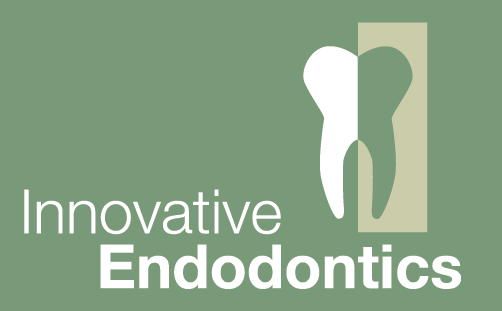Scheduling & Registration
Innovative Endodontics is open Monday through Thursday from 8:00 AM until 4:00 PM and Friday from 8:00 AM until 3:00 PM. We will schedule your appointment as promptly as possible. If you have pain or an emergency situation, every attempt will be made to see you that day.
We try our best to stay on schedule to minimize your waiting. Emergency cases often arise and can cause delays. We appreciate your understanding and patience.
Billing & Payments
For your convenience we accept cash, checks, Visa, MasterCard, and Discover. We deliver the finest care at the most reasonable cost to our patients, therefore payment is due at the time service is rendered. If you have questions regarding your account, please contact us at (412) 881-1320. Many times, a simple telephone call will clear any misunderstandings.
Please remember you are fully responsible for all fees charged by this office regardless of your insurance coverage.
Any remaining balance after your insurance has paid is your responsibility. Any overpayment of estimated copays will be promptly refunded.
Those requiring a payment plan may apply through the Medical Bureau.
Insurance
At Innovative Endodontics we make every effort to provide you with the finest care and the most convenient financial options. To accomplish this we work hand-in-hand with you to maximize your insurance reimbursement for covered procedures. If you have any problems or questions, please ask our staff. They are well informed and up-to-date. They can be reached by phone at (412) 881-1320.
Please call if you have any questions or concerns regarding your initial visit.
Please bring your insurance information with you to the consultation so that we can expedite reimbursement.
FAQ
Go to:
- What is endodontics?
- I’m worried about x-rays. Should I be?
- What about infection control?
- What happens after treatment?
- What new technologies are being used?
What is endodontics?
Endodontics is a branch of dentistry recognized by the American Dental Association involving treatment of the pulp (root canal) and surrounding tissues of the tooth. When you look at your tooth in the mirror, what you see is the crown. The rest of the tooth, the portion hidden beneath the gum line, is called the root. Though the outer portion of the root is a hard tissue called dentin, the inside channel or “root canal” contains a pulp of soft tissue, blood vessels and nerves. Bacteria that are introduced into the pulp as a result of tooth decay, periodontal disease, tooth fracture or other problems, can severely damage the pulp. When that happens, an endodontic specialist removes the diseased pulp to save the tooth and prevent further infection and inflammation. After successful endodontic treatment, the tooth continues to perform normally.
I’m worried about x-rays. Should I be?
No. While x-rays will be necessary during your endodontics treatment, we use an advanced non-film computerized system, called digital radiography, that produces radiation levels up to 90 percent lower than those of already low dose conventional dental x-ray machinery. These digital images can be optimized, archived, printed and sent to your doctor via mail or e-mail. For more information contact Schick Technologies, Inc.
What about infection control?
Again, there’s no need for concern. We adhere to the most rigorous standards of infection control advocated by OSHA, the Centers for Disease Control and the American Dental Association. We utilize autoclave sterilization and barrier techniques to eliminate any risk of infection.
What happens after treatment?
When your root canal therapy has been completed, a record of your treatment will be sent to your restorative dentist. You should contact his office for a follow-up restoration within a few weeks of completion at our office. Your restorative dentist will decide on what type of restoration is necessary to protect your tooth. It is rare for endodontic patients to experience complications after routine endodontic treatment or microsurgery. If a problem does occur, however, we are available at all times to respond.
What new technologies are being used?
Operating Microscopes: In addition to digital radiography, we utilize special operating microscopes. Magnification and fiber optic illumination are helpful in aiding the doctor to see tiny details inside your tooth.
Ultrasonic instruments
Bioceramic materials

